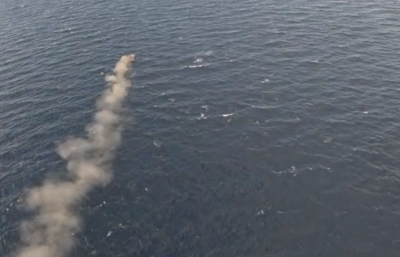For 20 years, the movement to use the “power of the purse” to promote and reward sustainably managed fisheries has set a global standard for seafood purchases. Today, it’s nearly impossible for a company to do business without being officially certified as a source for earth-friendly seafood.
This month another global effort was launched that uses the same strategy to promote new standards for the use of antibiotics in seafood and other animal products.
The Michigan-based National Sanitation Foundation International has tested food products for health and safety since 1944. Its new Raised Without Antibiotics certification program will provide independent verification of claims made on food packages that they are antibiotic-free, including seafood, meats, dairy, eggs, even leather and certain supplements.
The campaign follows a NSF survey last year that showed nearly 60 percent of consumers prefer products that are free from antibiotics.
That’s backed up by the NPD Group, a market tracker that operates in 20 countries, interviews 12 million consumers each year and monitors purchase data from more than 165,000 stores. The group said that consumers are demanding “free from” foods with fewer additives, especially antibiotics, growth hormones, tweaked genes, and they are reading labels like never before.
Antibiotics are widely used in the farmed fish industry, most notably in Chile (the largest importer to the U.S.), which has come under fire for using more than one million pounds of antibiotics to ward off a fish virus, according to the National Service of Fisheries and Aquaculture. What’s worse, Intrafish reported that 50 Chilean salmon companies refused to disclose the amount and type of antibiotics they used, saying “such disclosure would threaten their business competitiveness.”
In contrast, Norway, the world’s biggest farmed salmon producer, uses about 2,100 pounds of antibiotics, mostly to combat fish lice. Sea lice are the farmed Atlantic salmon industry’s most expensive problem, costing around $550 million in lost output each year.
“Free from” food labeling requirements and guidelines generally apply to products raised in a controlled environment,” said Jeremy Woodrow, Communications Director for the Alaska Seafood Marketing Institute. “Salmon in Alaska hatcheries may also receive antibiotics on occasion, but there have been no detectable levels of antibiotics found by the time the salmon are harvested in the ocean.”
NSF International is now seeking companies to sign on to its Raised Without Antibiotics campaign, saying
“Without an independent protocol and certification process, customers have not been able to verify claims made by marketers — until now.”







